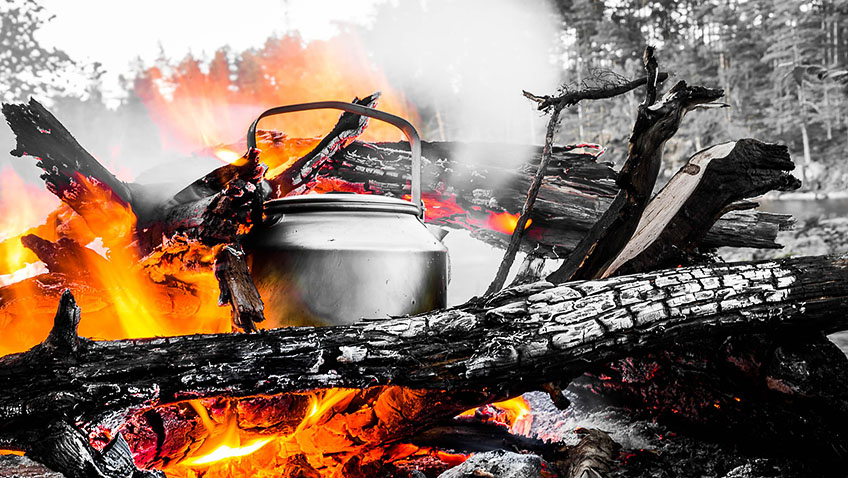If you’ve ever suffered a burn, of any kind, you’ll know how distressing it can be. But would you know how to treat a burn on yourself or someone else?
A burn is caused by skin contact with dry heat, such as fire or a hot iron. A scald is caused by wet heat, such as steam or hot liquid.
If you or someone else suffers a burn, NHS advice is to:
- ‘Immediately get the person away from the heat source to stop the burning;
- cool the burn with cool or lukewarm running water for 20 minutes – don’t use ice, iced water, or any creams or greasy substances such as butter;
- remove any clothing or jewellery that’s near the burnt area of skin, including babies’ nappies – but don’t move anything that’s stuck to the skin;
- make sure the person keeps warm – by using a blanket, for example, but take care not to rub it against the burnt area;
- cover the burn by placing a layer of cling film over it – a clean plastic bag could also be used for burns on your hand;
- use painkillers such as paracetamol or ibuprofen to treat any pain;
- if the face or eyes are burnt, sit up as much as possible, rather than lying down – this helps to reduce swelling.’
While some minor burns can continue to be treated at home, you should call 999 or go to an A&E department for all chemical and electrical burns; any burn bigger than your hand; burns of any size that cause white or charred skin; burns on the face, hands, arms, feet, legs or genitals that cause blisters and burns in babies and children.
Burns may cause red or peeling skin, blisters, swelling, or white or charred skin and can be extremely painful, but be mindful that sometimes a person with a very serious burn may not feel any pain in the area affected.
For more information about first aid for burns, take a look at
The British Red Cross video, at: www.redcross.org.uk/first-aid/learn-first-aid/burns





